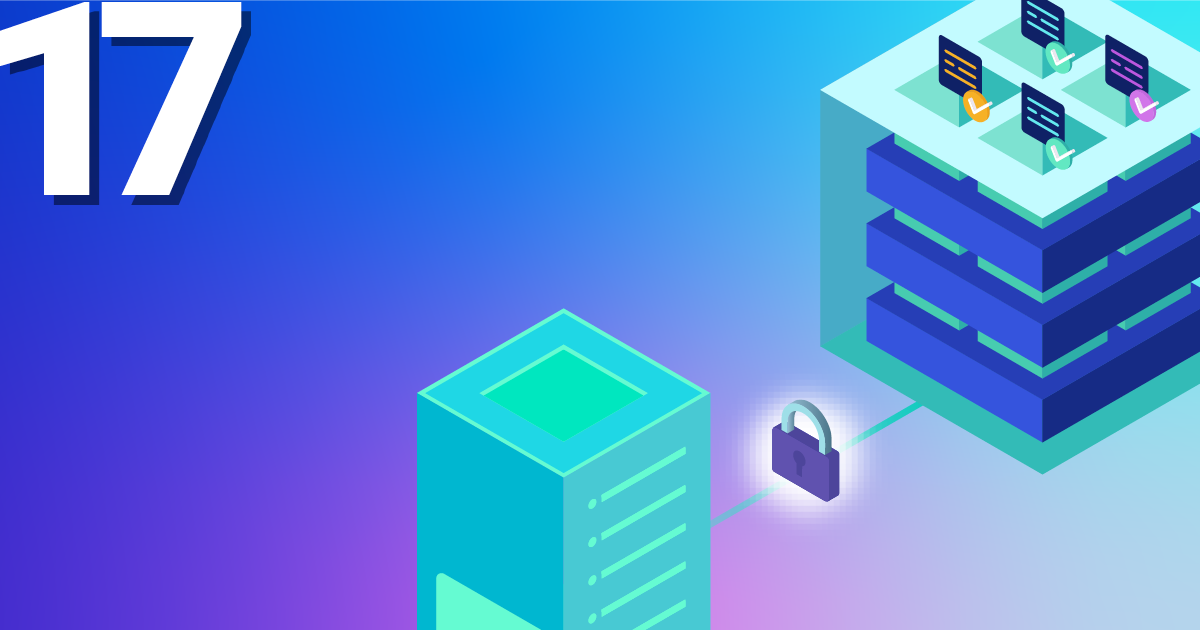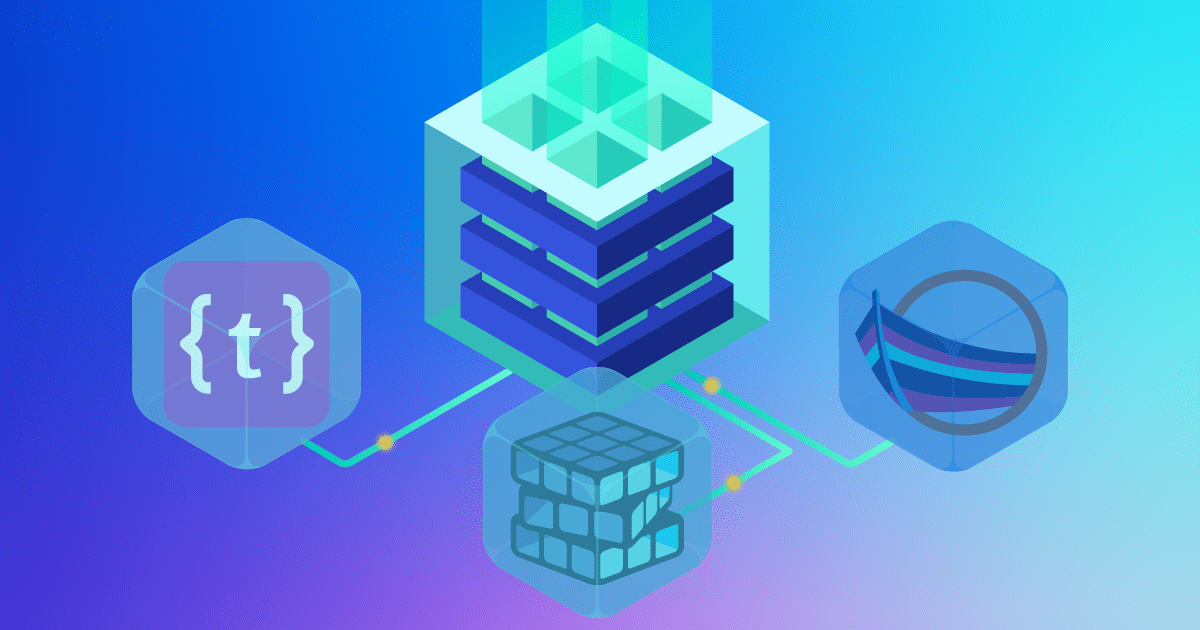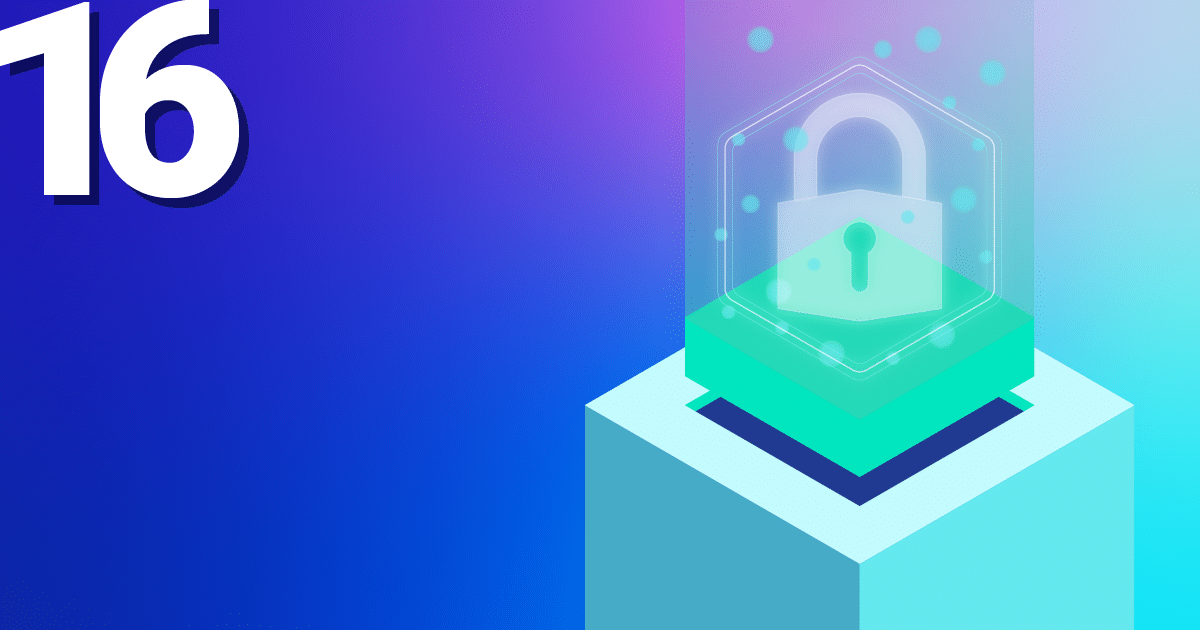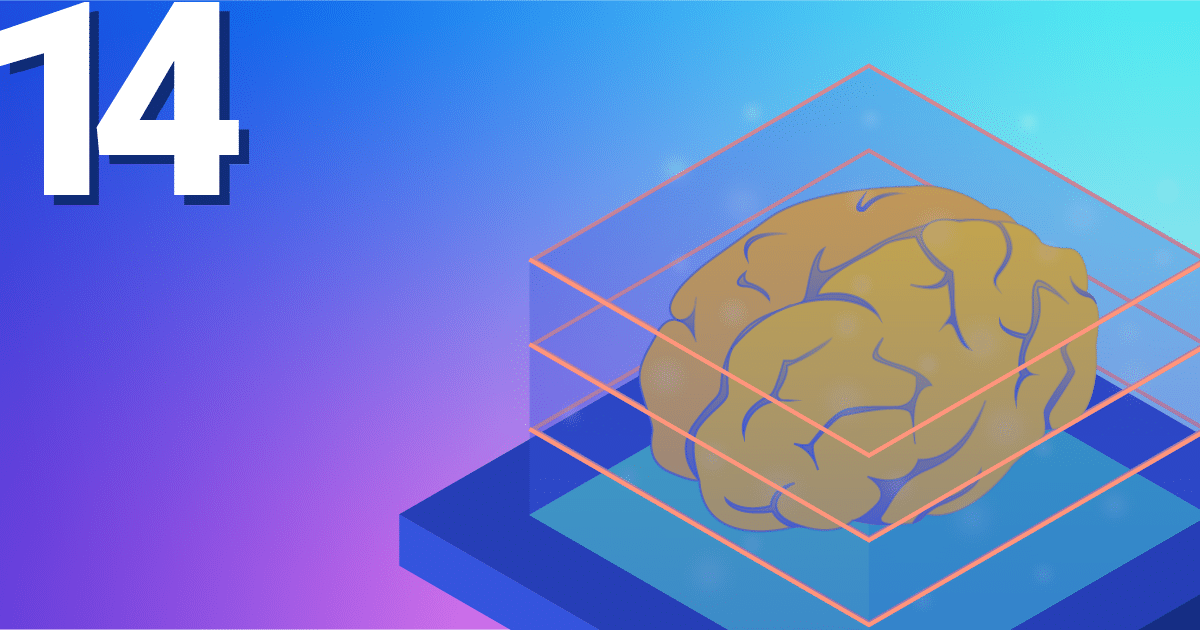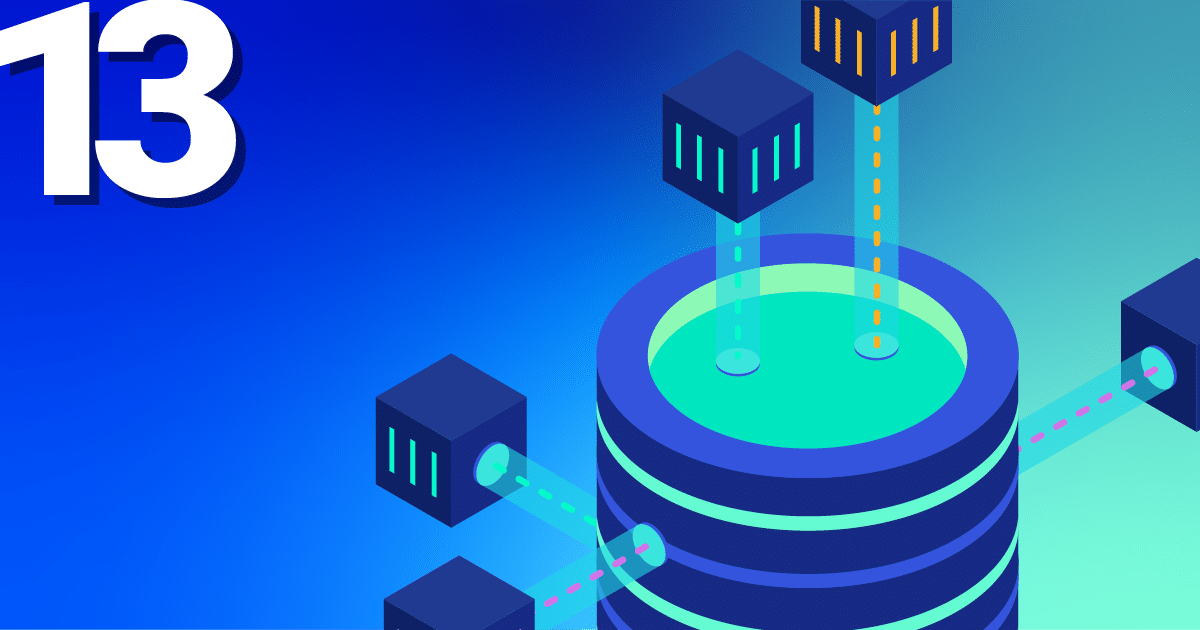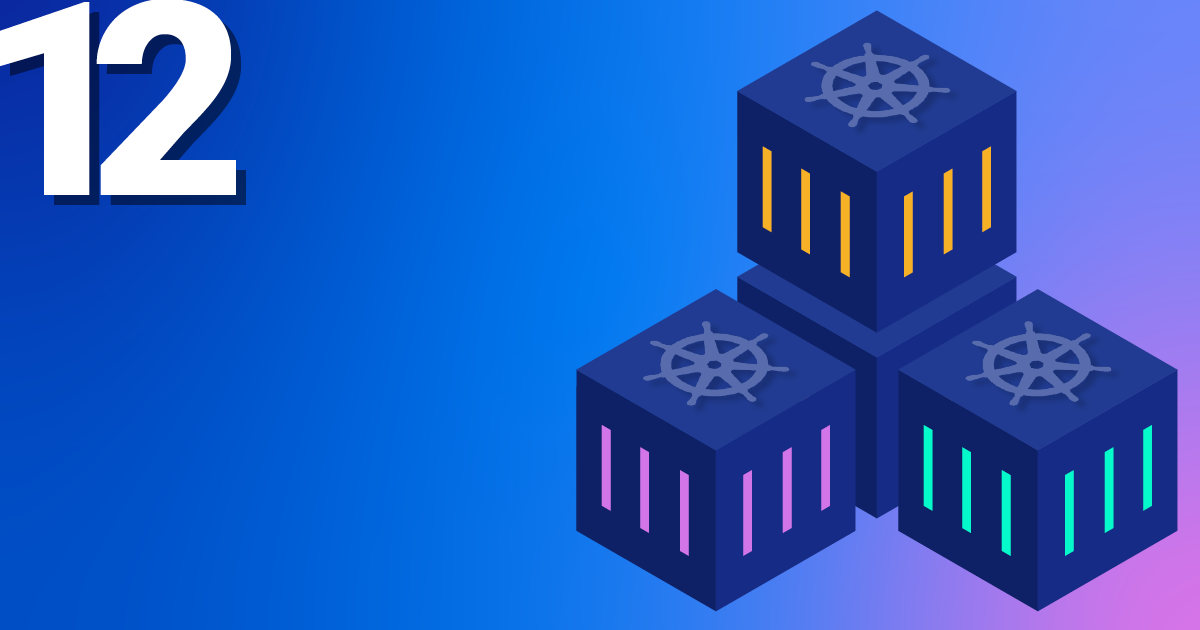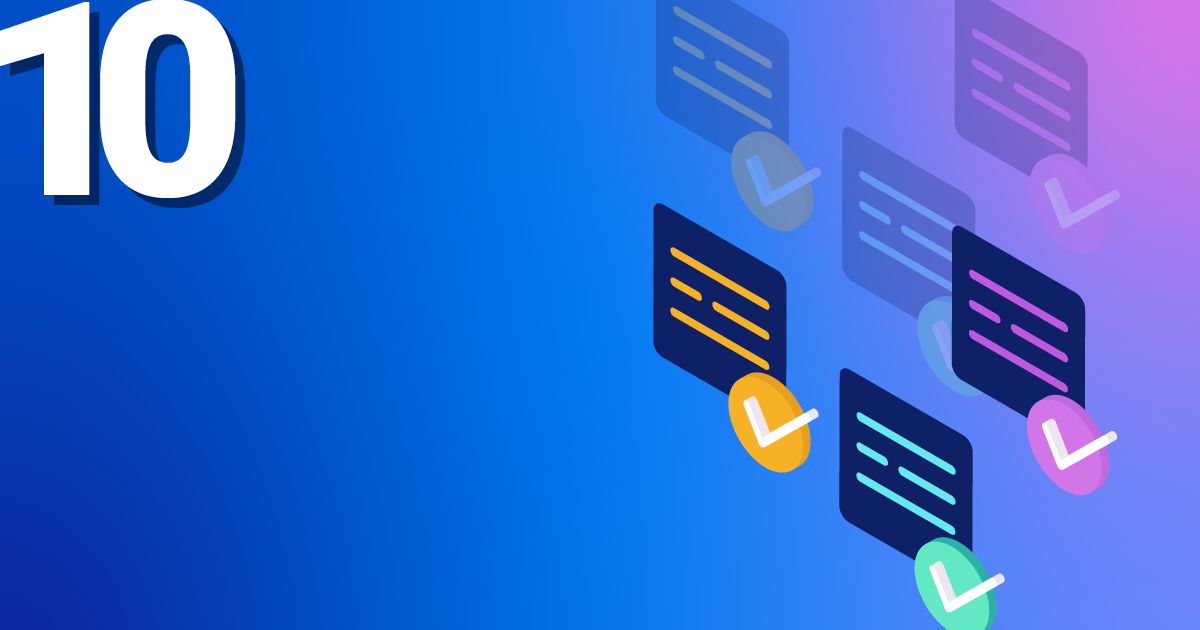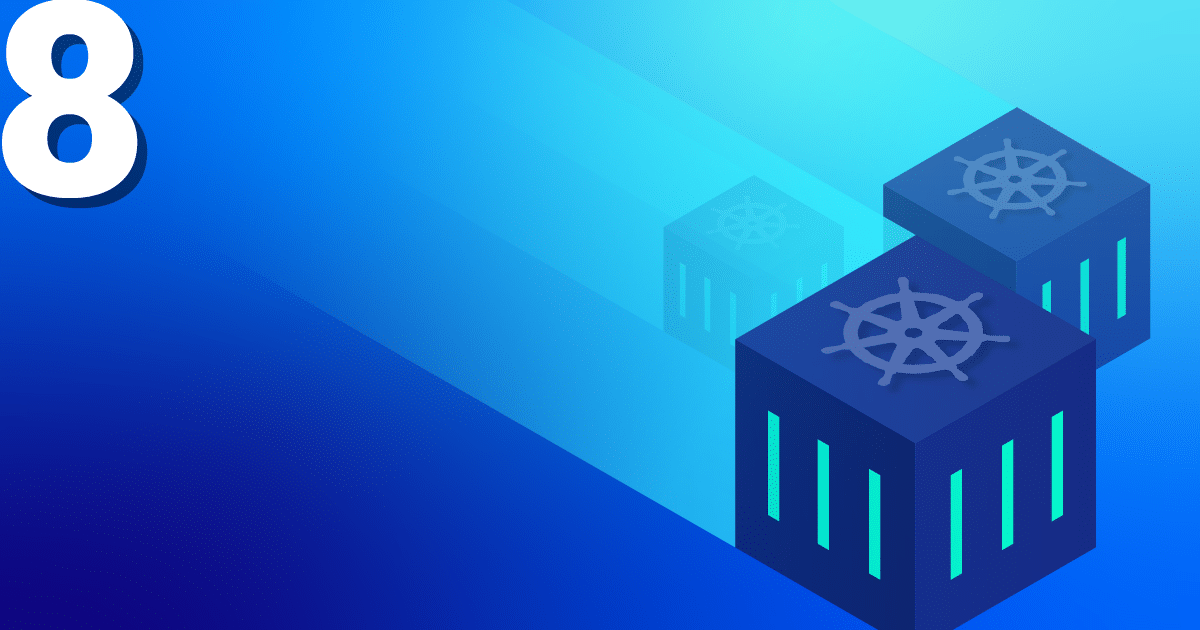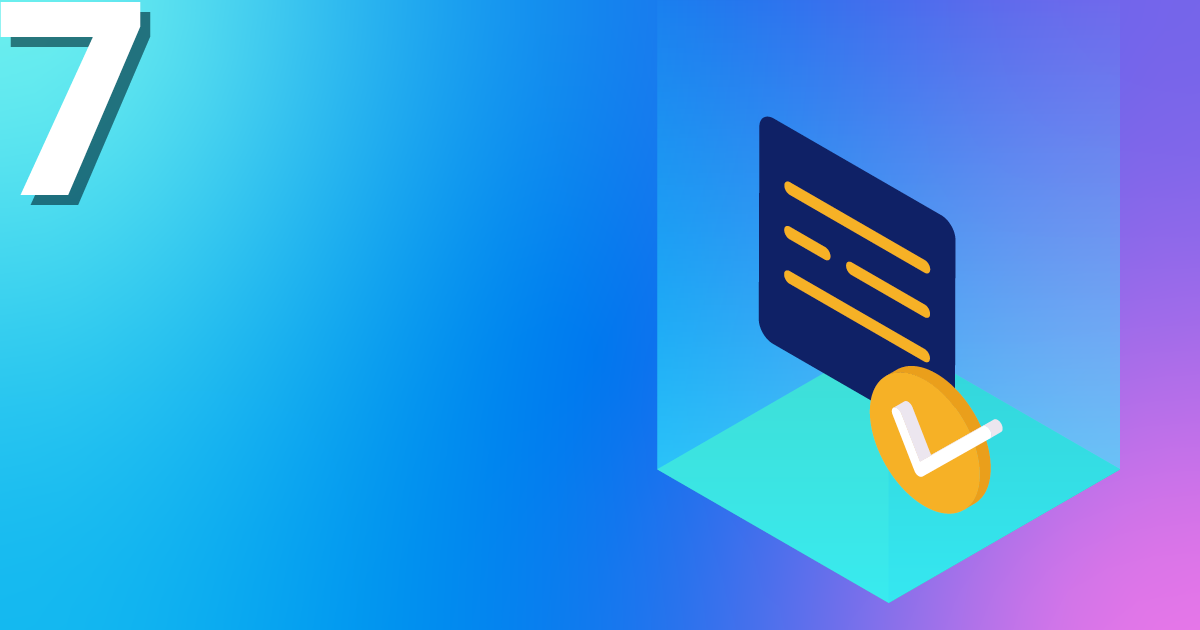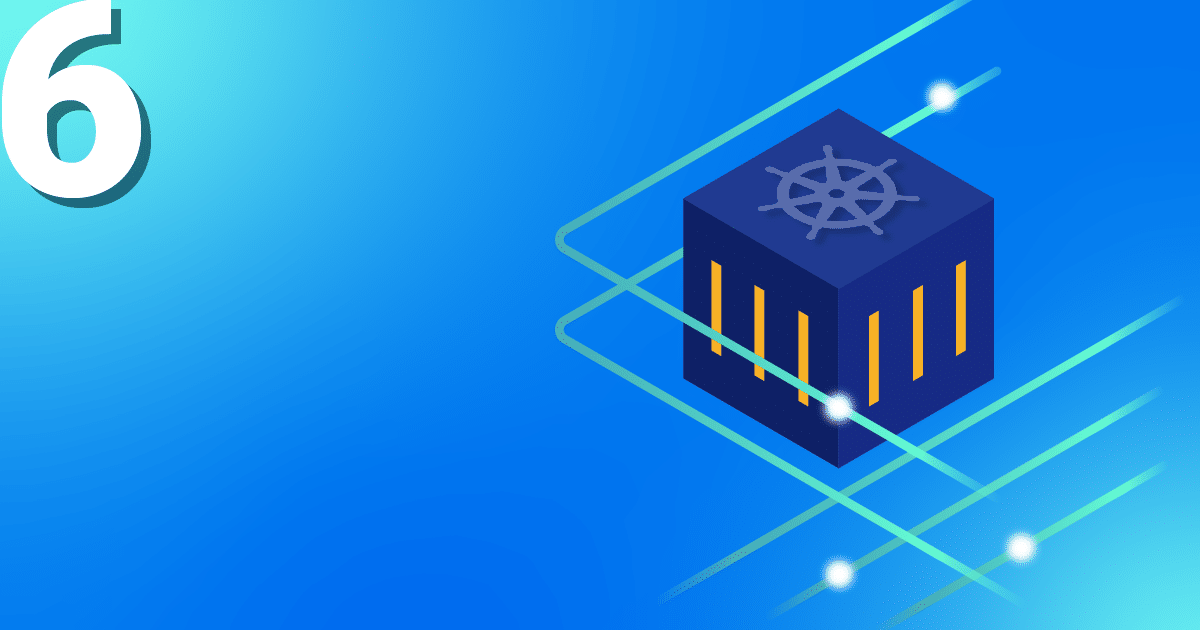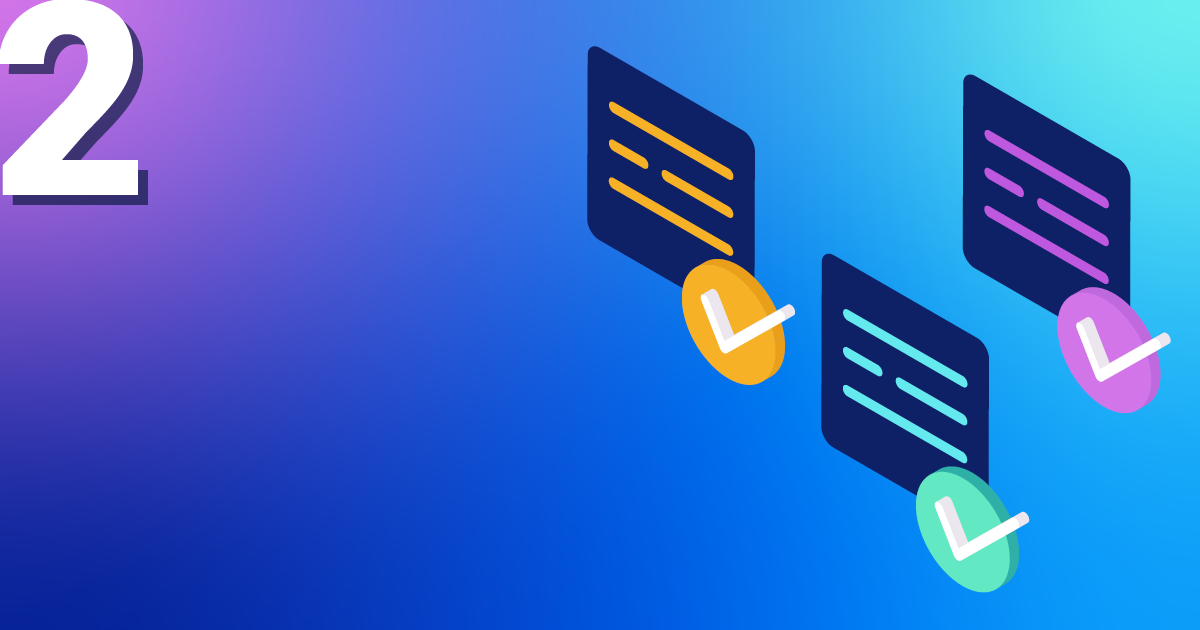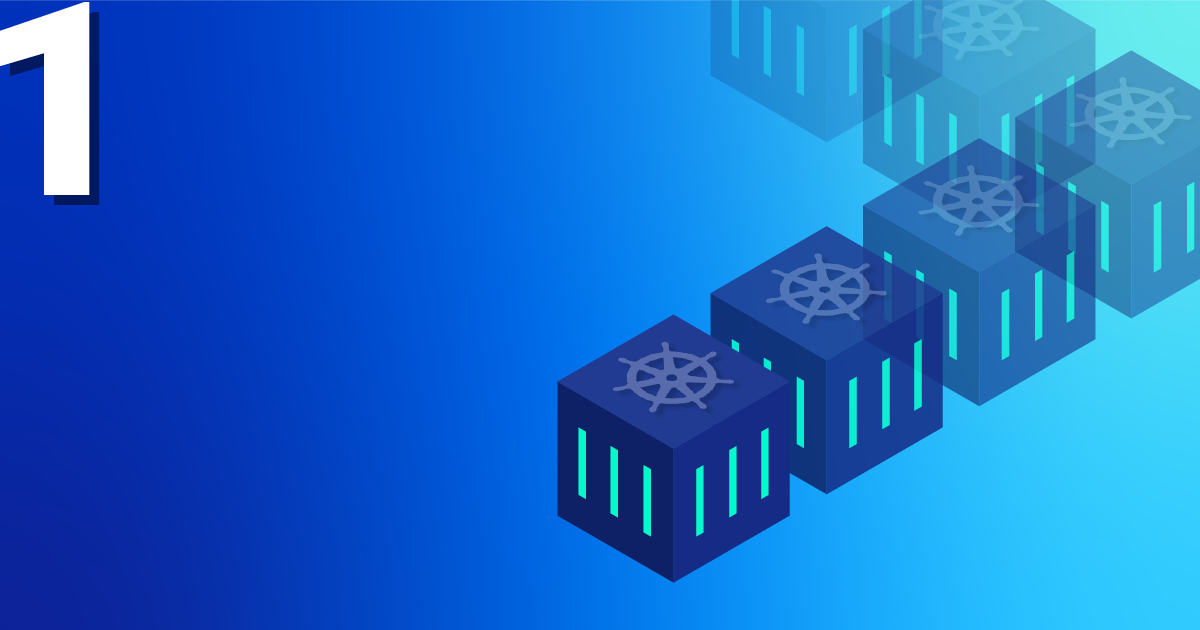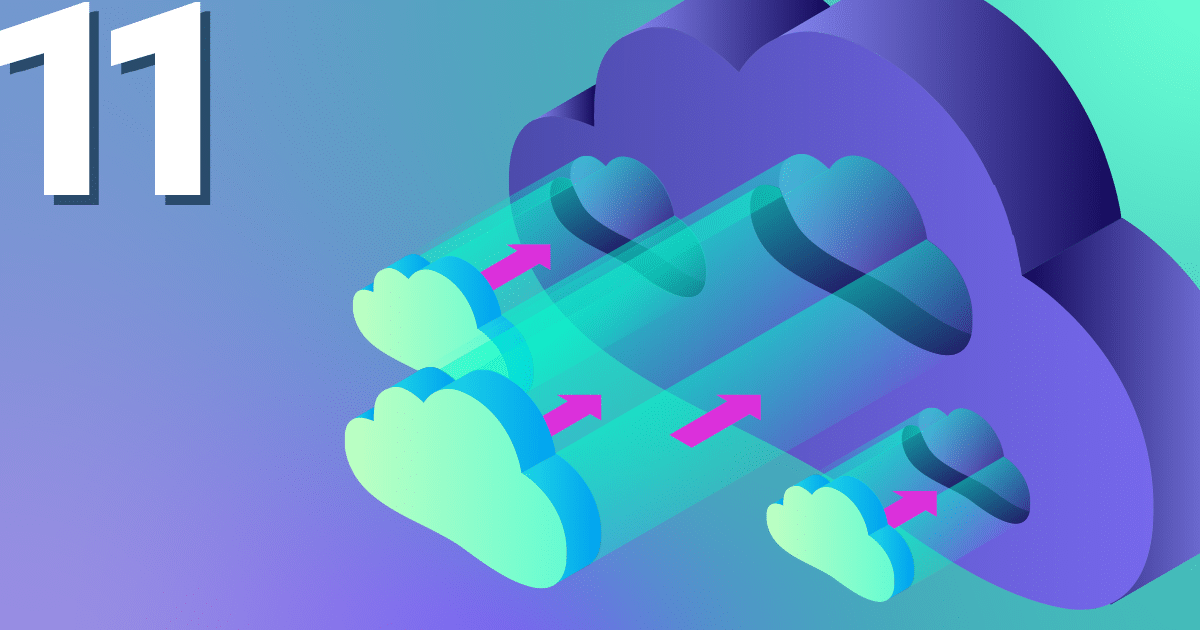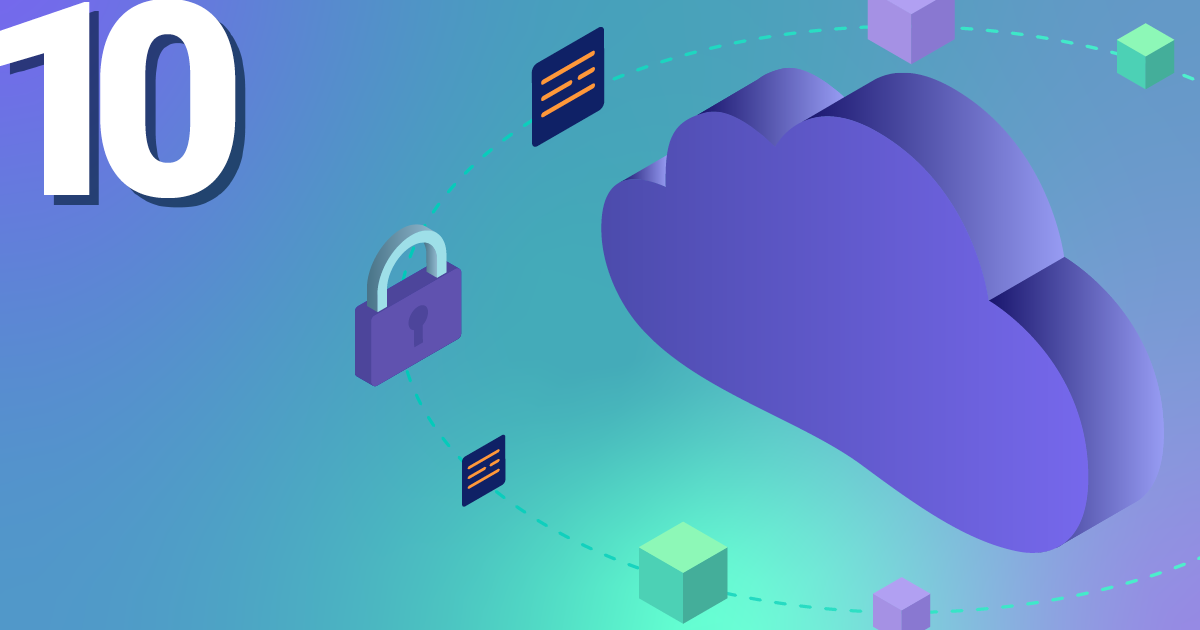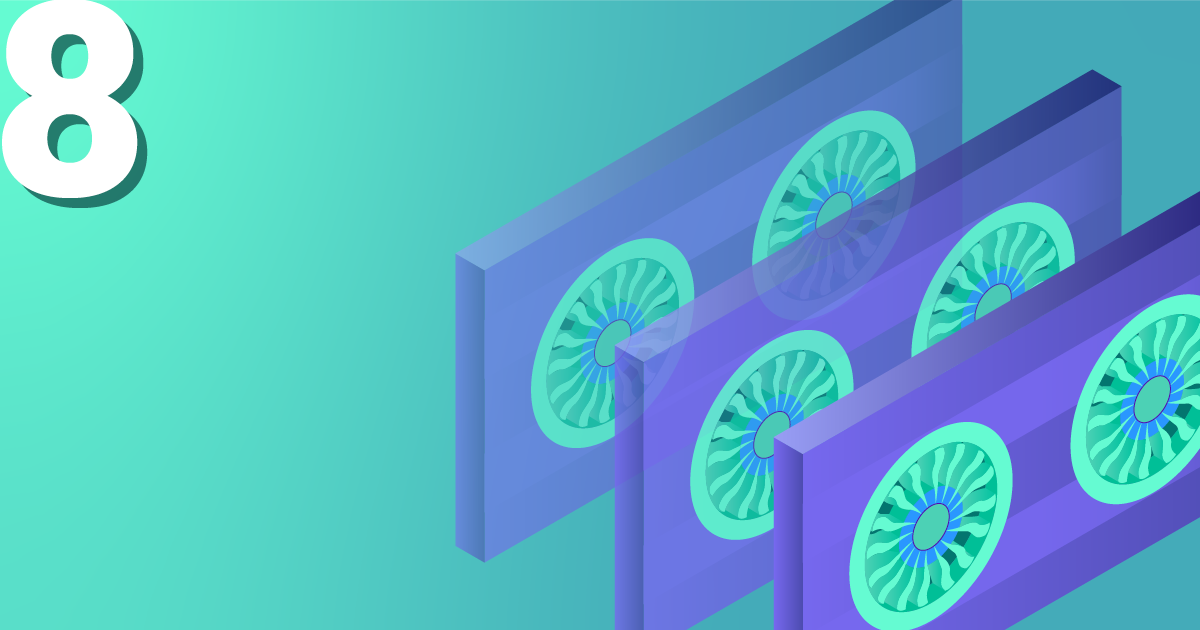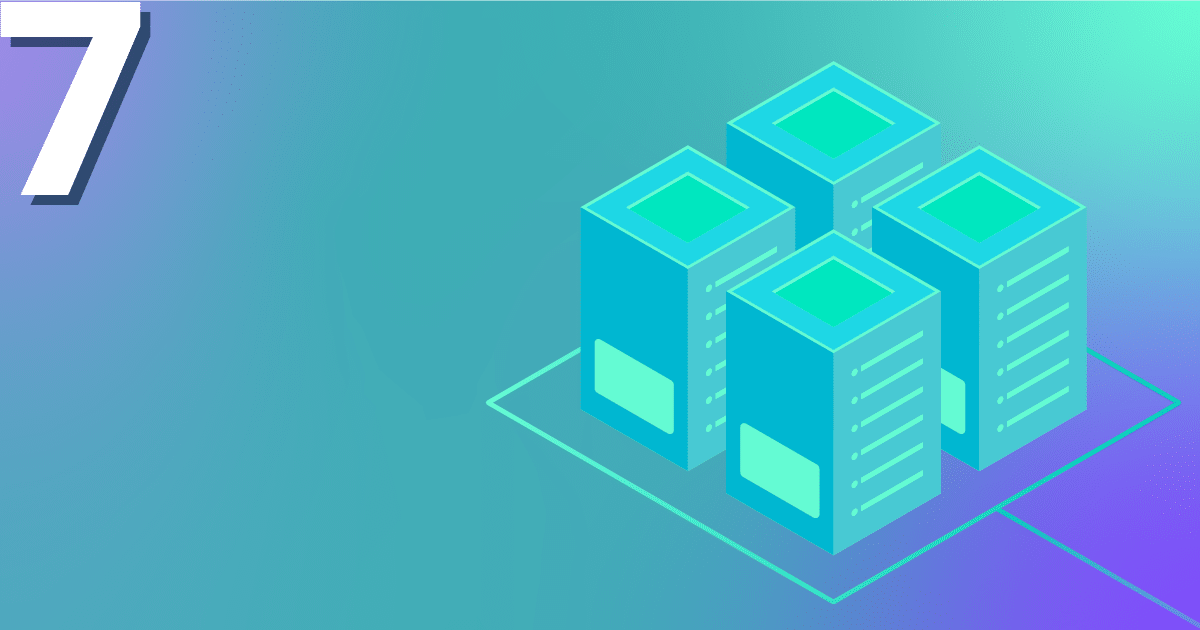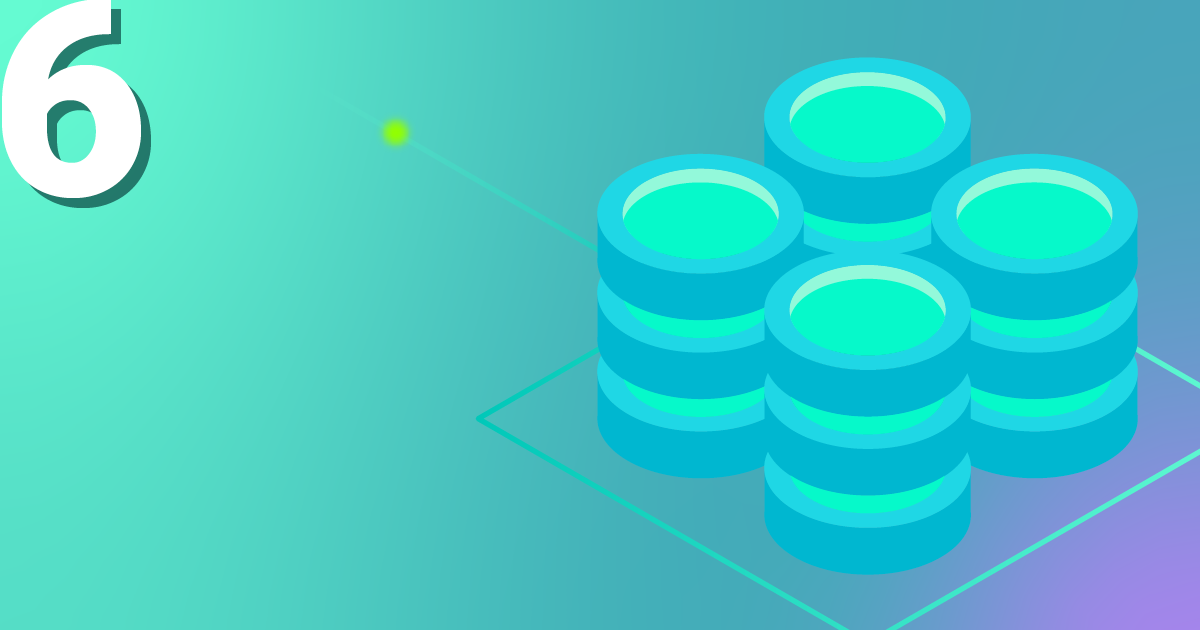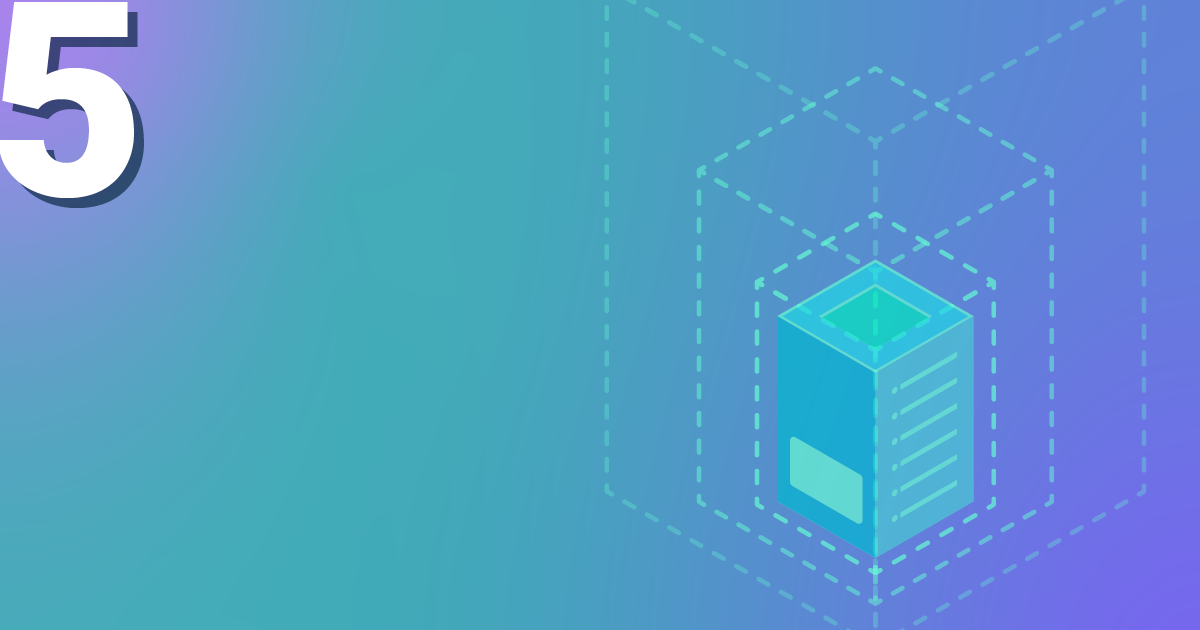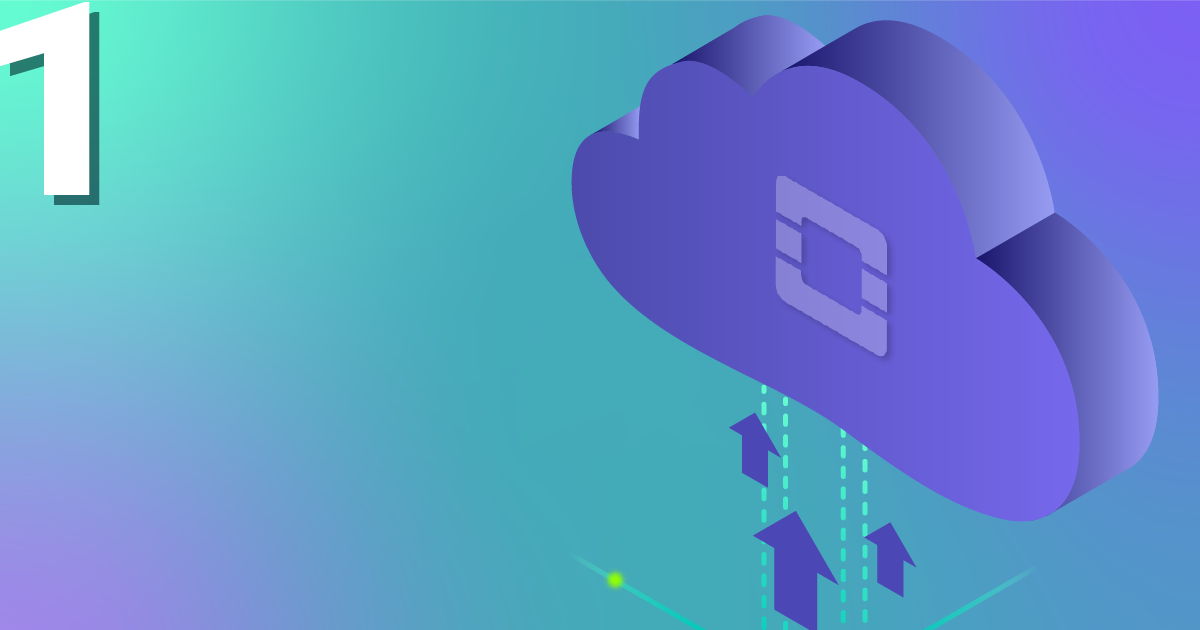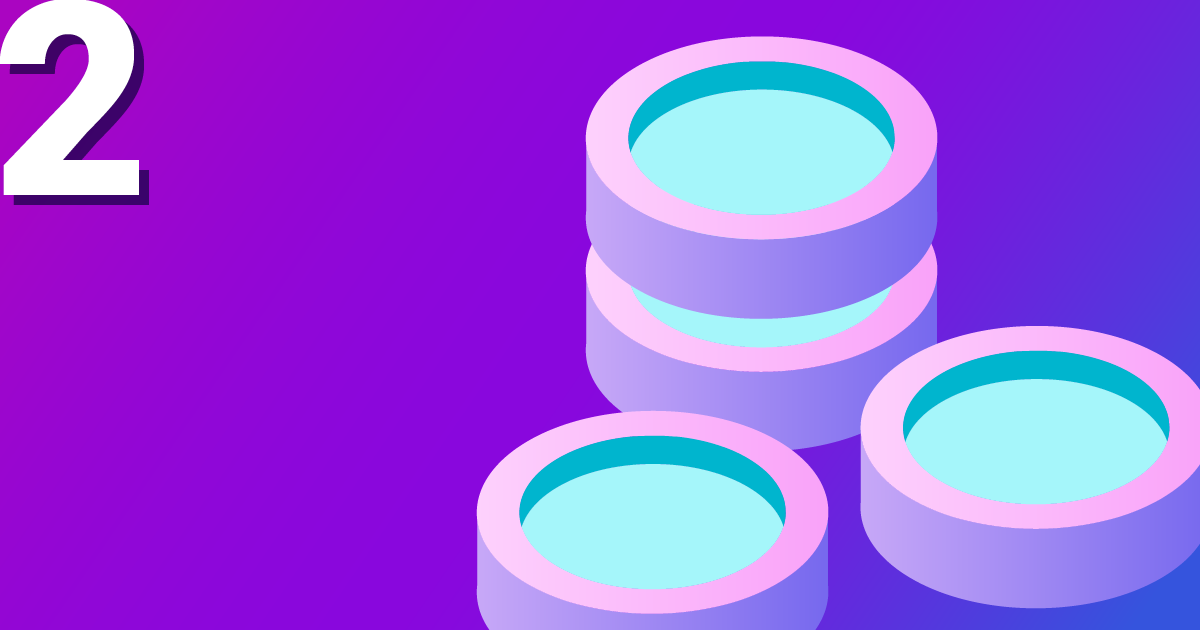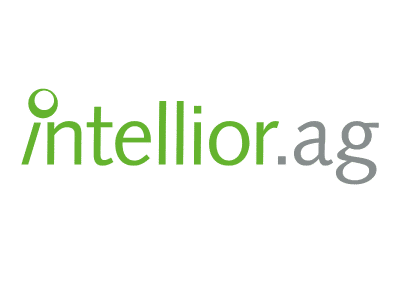Tutorials
Step-By-Step Kubernetes, Cloud & Database Tutorials!
- Kubernetes How-tos
- Cloud Tips & Tricks
- Vitess Introduction
Kubernetes Tutorials
Cloud Tutorials
Database Tutorials
Kubernetes Tutorials
Interested in a basic overview with helpful visuals before your deep dive into Kubernetes?
All aboard then! In this video tutorial, our Technology Evangelist Rania guides you through the stormy seas of automation: she explains what Kubernetes is about, how it works and where to start!
LUKS Encrypted Storage on Kubernetes
More and more stateful workloads are making their way into production Kubernetes clusters these days. Thus, chances are that you're already using persistent volumes or persistent volume claims (PVs/PVCs) in lieu with your deployed workloads. If you want to thoroughly...
Comparing Kubernetes Deployment Tools – What We Got Today
Imagine your company embraced a microservice architecture. As you develop and deploy more and more microservices, you decide to orchestrate them using Kubernetes. You start writing YAML manifests and additional configuration, and deploy necessary tooling to your...
Introducing the NWS Kubernetes Playground
We are thrilled to introduce our brand-new NWS Kubernetes Playground! This interactive platform is designed to help you master cloud-native technologies, build confidence with tools like Kubernetes, and explore a range of NWS offerings – All for free! What is...
Securing ingress-nginx with cert-manager
In one of our first tutorials, we showed you how to get started with ingress-nginx on your Kubernetes cluster. As a next step, we will tell you how to go about securing ingress-nginx with cert-manager by creating TLS certificates for your services! What is...
Mastering Kubernetes with Cilium: Empowering L7 Traffic Control
With the new release of the Cilium CNI on our Kubernetes Service you'll get the ability to filter traffic based on L7 properties. It's very powerful and can help a lot with your services security. In this tutorial, we'll be securing an API endpoint to allow access...
ReadWriteMany (RWX) with the NFS Ganesha Provisioner
Introduction You have the desire that your application needs to scale across multiple nodes for load balancing, but needs access to a common PVC? For this purpose, you need a PVC that is RWX-enabled. As part of our Managed Kubernetes Cluster, it is possible to create...
Resizing Persistent Volumes in Kubernetes
You want to resize a PersistentVolume (PV) in Kubernetes? In this tutorial, you'll learn how to do it. If you don't already know what a PV is and how you can create one, you should check out the tutorial Creating Persistent Volumes in Kubernetes first. Let's...
Custom Connection Limit for Load Balancers
You need to set a custom limit for incoming connections on your load balancer? Here you can learn how to achieve this! About the Connection Limit The connection limit specifies the maximum allowed number of connections per second for a load balancer listener (open...
Automatic Fedora CoreOS Updates for your Kubernetes
You want automated Fedora CoresOS updates for your Kubernetes? And what do Zincati and libostree have to do with it? Here you will quickly see an overview! Fedora CoreOS is used as the operating system for many Kubernetes clusters. This operating system, which...
X-Forwarded-For and Proxy-Protocol
You want to know how to get the IP addresses of your clients in your Kubernetes cluster? In five minutes you have an overview! From HTTP client to application In the nginx-Ingress-Controller tutorial, we showed how to make an application publicly accessible. In the...
Kubernetes Alerting with Prometheus Alert manager
In a previous post, Sebastian explained how to monitor your Kubernetes cluster with the Prometheus Operator. This post builds on that and shows how to set up notifications via email and as push notifications with the Alert Manager. Install the Monitoring Stack with...
Logging with Loki and Grafana in Kubernetes
You already know the most important building blocks for starting your application from our Tutorial-Serie. Are you still missing metrics and logs for your applications? After this blog post, you can tick off the latter. Logging with Loki and Grafana in Kubernetes - an...
Manage Kubernetes Nodegroups
As of this week, our customers can use the "node group feature" for their NWS Managed Kubernetes Cluster plan. What are node groups and what can I do with them? Our seventh blog post in the series explains this and more. What are Node Groups? With node groups, it is...
Creating Persistent Volumes in Kubernetes
You want to create a persistent volume in Kubernetes? Here you can learn how it works with Openstack Cinder in a NWS Managed Kubernetes plan. Pods and containers are by definition more or less ephemeral components in a Kubernetes cluster and are created and destroyed...
Monitoring Kubernetes with Prometheus
Monitoring - for many a certain love-hate relationship. Some like it, others despise it. I am one of those who tend to despise it, but then grumble when you can't see certain metrics and information. Regardless of personal preferences on the subject, however, the...
Kubernetes Nginx Ingress Controller – This is how you make a simple start!
With the first steps in Kubernetes, you already know how to launch applications in your Kubernetes cluster. Now we will expose your application online. How the whole thing works and how you can best get started yourself with a Kubernetes Nginx Ingress Controller is...
Your first steps with Kubernetes
You have a brand new Kubernetes cluster and want to get started now? But regardless of whether you have a local minikube or a Managed Kubernetes with all the bells and whistles, the first Kubernetes objects in the super simple YAML format will make almost everyone...
How to start your Managed Kubernetes at NWS
Interested in how to start a Managed Kubernetes at NWS? Here you can find out how to get started! First, you will need an account for our NETWAYS Web Services platform. After registering, you can start our open source-Apps like RocketChat and GitLab and also create...
Managed Kubernetes vs. Kubernetes On-Premises
Managed Kubernetes vs. Kubernetes On-Premises - do I go for a Managed Kubernetes plan or am I better off running Kubernetes myself? For some, of course, the question does not even arise in the first place, as it is strategically specified by the group or their own...
Cloud Tutorials
LUKS Encrypted Storage on OpenStack
Thoroughly securing your IT landscape has become more and more important over the last couple of years. With an increase in (user) data to be managed, processed, and stored, encryption of this data should be on your agenda towards fully secured IT infrastructure....
Migrating Servers from VMware to Openstack
In this tutorial, we will have a look at migrating servers from VMware to OpenStack. After VMware's recent acquisition by Broadcom, many Cloud Service Providers (CSPs) face termination of their partnership programs with VMware. With no further information publicly...
Upgrading Ubuntu: From 20.04 to 22.04 with Nextcloud 26 and PHP 8.1
Every couple of years Ubuntu brings out a new LTS version of its operating system and with it comes a bundle of new applications and dependencies. This can be both exciting and challenging for sys-admins who need to make everything work after an upgrade. One of the...
Using Terraform with OpenStack
Many of you may already be familiar using Terraform with Azure or AWS. Although these may be the most used platforms, there is still a need for variety of other options due to local regulations (GDPR). As our systems are geared towards Open-Source, we will be looking...
Dynamic Inventory – An Ansible and Openstack Lovestory
For those of you that may not be too familiar with Ansible, it is a great tool to get started in the world of automation and making your life with configuration management a whole lot easier. In this tutorial we will be going through a basic playbook that you can use...
Creating and Using S3 Object Storage
In times of high availability and multiple web servers, the balancing act between central data storage, data security and fast access times must somehow be achieved. This is precisely why more and more users are now using technologies that entice them with buzzwords...
Corosync Cluster with Failover IP
One of the first customer requirements you usually read is High availability. For a long time now, it has been more the norm that the project is still accessible without problems even in the event of partial failures and that "single points of failure" are avoided. A...
Scaling on Demand
Depending on the type of production, it may be worthwhile for some server operators to automatically create virtual machines for a certain period of time and - after the work is done - to delete them again just as automatically; for example, if a computing job with...
Backup and Snapshot
Sooner or later, everyone who has a server running will reach the point where the VM (or parts of it) irreversibly ” breaks” – by whatever means. Those who have dedicated themselves to backing up their data in advance are now clearly at an advantage and can expect...
Monitoring for machines with Icinga 2 Master
With our OpenStack Cloud it is very easy to build your own environment according to your own ideas. Quickly and easily start a few machines with Terraform, make the service available to the outside world with an attached floating IP and associated Security Group and...
Manage and assign security groups
After clicking on the first new instance in our OpenStack web interface and assigning an SSH public key with which to connect to this VM, the newly minted administrator is faced with the small problem that he/she cannot access the instance from the outside; we have...
Start a project and create the first server
We are celebrating successes with our new OpenStack environment - performance, stability, flexibility and favourable prices are convincing our customers. However, the multitude of functions overwhelms some users when they first start using it. We are happy to help...
Cloud 101
The NETWAYS group offers a wide range of services and products for setting up, managing, automating, and monitoring IT infrastructures in the OpenSource domain. We operate a hardware store, provide training, organize conferences, offer operational support, and advise...
Database Tutorials
How to start your NETWAYS Managed Database
In the first Database tutorial, Sebastian already explained what Vitess is all about and what possibilities it offers you, when running your application compared to an ordinary database. In this tutorial, I would like to explain how easy it is for you to start your...
What is Vitess?
Back in 2010 a solution was created to solve the massive MySQL scalability challenges at YouTube - and then Vitess was born. Later in 2018, the project became part of the Cloud Native Computing Foundation and since 2019 it has been listed as one of the graduated...
Don’t Miss Out!
Customers Who Trust Us
The trust of our customers makes us very proud!
With many we are connected by many years of partnership and often friendship. Learn more about our Case-Studies.
